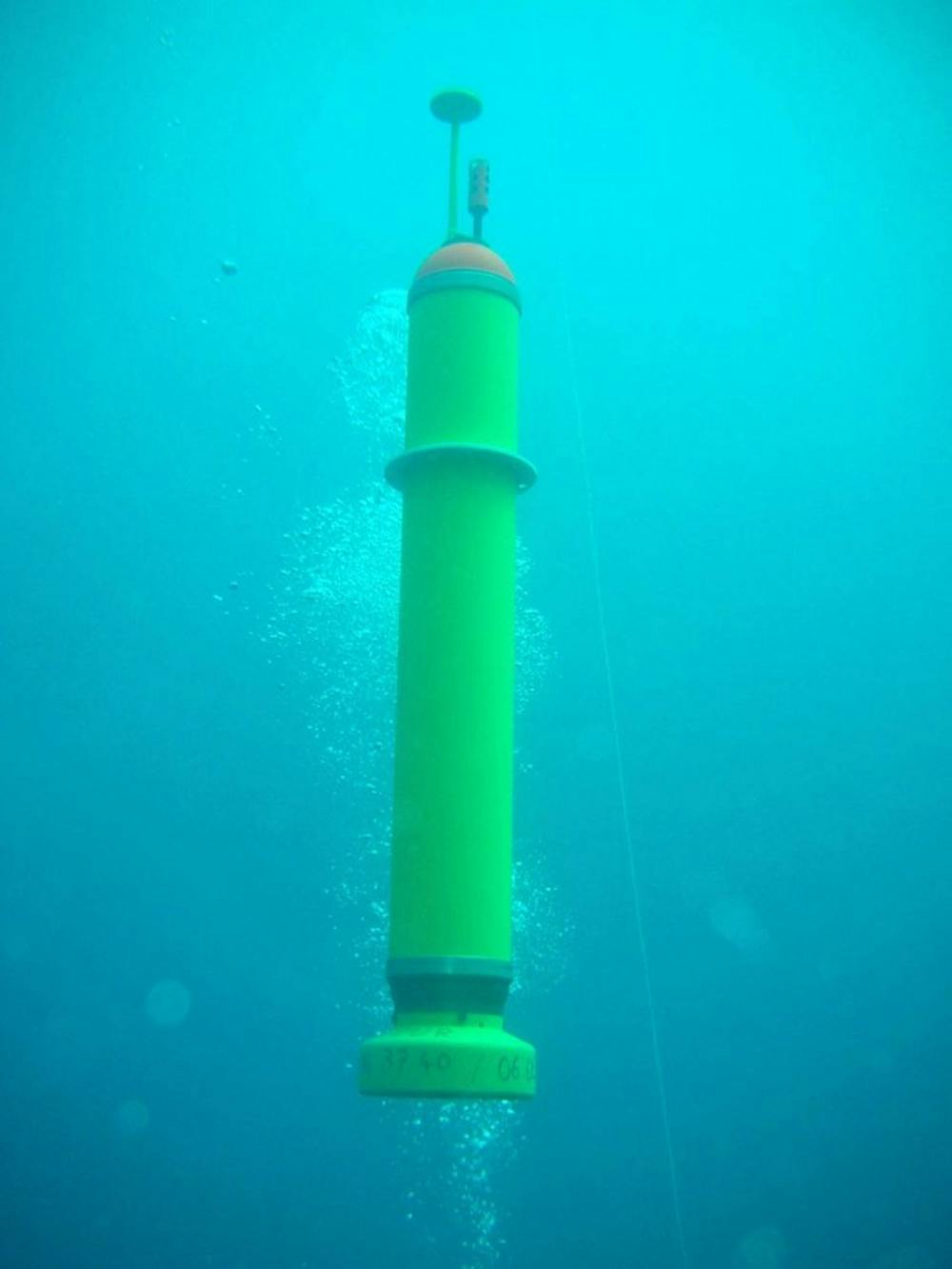Seismic recording stations, used to capture and analyze waves transmitted by earthquakes, have been limited to land usage since their creation. University professors have partnered together to push past that limit and take seismology to the depths of the ocean.
Geosciences professor Frederik Simons and Professor Emeritus Guust Nolet created Mobile Earthquake Recording in Marine Areas by Independent Drivers (MERMAIDs), which travel about a mile below the surface of the water.
MERMAIDs use underwater microphones to help seismologists capture the acoustic energy delivered by distant earthquakes through the ocean floor. Within 95 minutes of an earthquake, the MERMAIDs rise to capture the position of the earthquake using GPS and to transmit the seismic data.
According to the Nature International Weekly Journal of Science, the underwater microphones, called hydrophones, record seismic P waves, which are “one component of earthquake waves that travel through the center of Earth.”
Variations between P-wave paths highlight structural differences deep within the Earth, since the speed of waves changes as they travel through different underground structures.
The MERMAIDs have also revealed insights into how the Earth keeps itself warm, a mystery geophysicists have grappled with for years.
According to the University Office of Communications, recordings of the MERMAIDs reveal that volcanoes on the Galápagos Islands “are fed by a source 1,200 miles (1,900 km) deep, via a narrow conduit that is bringing hot rock to the surface.”
University geophysicist W. Jason Morgan proposed the existence of these conduits, known as “mantle plumes,” 38 years ago. However, deeper investigations of them were limited, as the plumes were found deep in the oceans and away from any seismic stations.

By capturing underwater seismic information, the MERMAIDs have helped Nolet and Simons more clearly understand how these mantle plumes function to capture the heat released from the accretion of the Earth billions of years ago. The MERMAIDs have reopened the conversation on the relevance and importance of mantle plumes to the maintenance of Earth’s temperature.
The MERMAIDs’ findings pushed back on older models that suggest the Earth’s mantle releases heat quickly and frequently.
“These results of the Galápagos experiment point to an alternative explanation: The lower mantle may well resist convection, and instead only bring heat to the surface in the form of mantle plumes, such as the ones creating Galápagos and Hawaii,” Nolet explained to the Office of Communications.
Nolet and Simons’ MERMAIDs continue to help other seismologists enhance their images of the inside of the planet and contribute to investigations of how Earth has maintained a fairly constant temperature over the past 4.5 billion years.

Nolet and Simons are launching about 50 more MERMAIDs in the South Pacific. They are working in collaboration with seismologists from the Southern University of Science and Technology in China and the Japan Agency for Marine-Earth Science and Technology.








